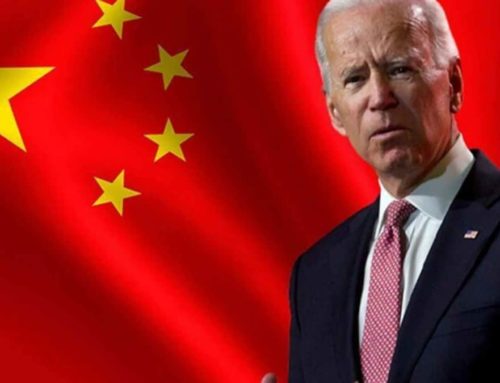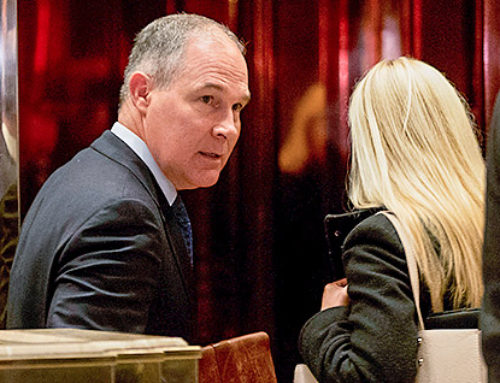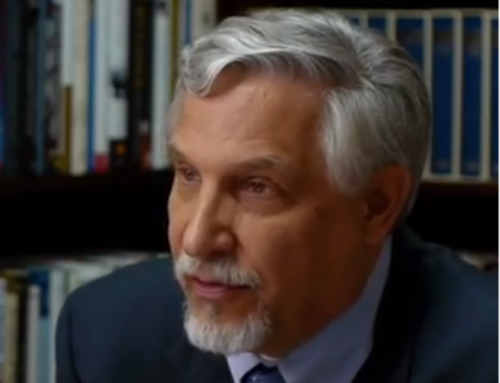by Dr. David W. Schnare, Esq.
Lately I have been pondering the gulf between Muir and Pinchot. As one Federal Judge remarked on a case I had before him – a difficult case that pitted preservation against conservation – “In the end, it’s a political question.”
Stewardship of natural and human resources has been a political question since the beginning of recorded history. From about 7,000 years ago until 5,500 years ago, the political question was settled by a unitary leader, a king or the like. The balance between preserving natural settings and using them to meet human needs – stewardship – was the king’s balancing.
Then came democracy, arguably first in Athens. The balancing was to become a matter of the welfare of the polis – the city – conducted by the citizens acting in congress. As Bubelis[1] documents, however, even in the first democracy, the democracy was essentially an oligarchy and the stewards were appointed through patronage. The “balancing” always favored the political ends of the oligarchy or one of its members.
Arguably, balancing of the United States’ natural and human resource preservation/ conservation remains captive to an oligarchy consisting of the President, his cabinet appointees and Congressional sub-committee chairmen. In other words, it’s a political question.
A prominent example of this from 100 years ago is the decision to dam the Hetch Hetchy Valley within Yosemite National Park. Congress created the park in 1890 under Muir’s heavy lobbying, a park to be protected “in perpetuity.” When San Francisco sought to expand its source of water supply, it saw damming the Hetch Hetchy Valley as the most cost-efficient way to meet the needs of their polis. Pinchot agreed, setting up a political battle that Muir first won under President Theodore Roosevelt. However, Roosevelt was both a protectionist (e.g. the Grand Canyon and many other National Monuments) and a conservationist. In his latter role, he signed into law creation of the U.S. Forest Service, appointing Pinchot as the first Forest Service Chief Forester.
But, oligarchies change. Taft met with Muir in Yosemite and authorized Richard Ballinger, his Secretary of the Interior, to meet Muir, visit Hetch Hetchy valley and consider whether or not to build a dam and reservoir there. Ultimately, however, he left the issue on the table. In 1913, Wilson took the White House and signed the Congressional authorization for damming the Hetch Hetchy valley.
The balancing in this case manifested in a recognition of the need to use public lands for public purposes (conservation), but otherwise to regard the utility of preservation and the need to enforce that preservation, when chosen. Congress and Wilson not only authorized the dam, they created the National Park Service to ensure preservation, when appropriated.
It is, of course, politically incorrect to admit that our grand American republic, and the state democracies, operate as an oligarchy on environmental balancing. To camouflage this fact, Congress has instituted a variety of mandates that require analysis of competing values. They are many and complex and constitute a major hurdle for most any public project likely to significantly impact existing environmental conditions. In some cases, such as under the Endangered Species Act and more quietly under the Clean Water Act, there isn’t any real balancing whatever. These acts simply prohibit conservation and require preservation.
So, I go back to Muir and his thought of man’s “origin as a child of Nature.”[2] Wolfe described Muir’s view that “appropriation of earth’s resources beyond his personal needs would only bring imbalance and beget ultimate loss and poverty for all.” In this, Muir is simply wrong and Pinchot was right. As Pinchot explained “Conservation means the wise use of the earth and its resources for the lasting good of men.”
But this contest between preservation and conservation is essentially undercut by the realization that this contest involves “public” lands, or impacts wrought with public dollars. When there was a unitary leadership – a king – that land not in private ownership belonged to the king and was subject to his balancing. In the United States today about 40 percent of the land is owned by federal, state and local governments. The wealth of this nation comes from the other 60 percent. And, that 60 percent is under the unitary control of the owner (and his steward). The only way to ensure that private land remains productive is through conservation practices and only through such practices can mankind ensure the “lasting good of men.”
So, the conflict in values is vested in use of public lands and the public treasure. Which leads me to think that if public lands are to be used for the lasting good of men, it is necessary to return to consideration of the needs of men. They are both material and spiritual, something Pinchot understood but which Muir did not. And this leads to a fair consideration as to whether those lands and treasure not properly committed to preservation should be better placed into private hands. Private land owners remain committed to stewardship principles that, when applied, guarantee the lasting good of both the owner and the society within which the owner is an economic participant.
That leaves the lands deserving preservation – lands that are often but not always public lands. In a tiny minority of cases, lands such as George Washington’s Mt. Vernon estate, are in private hands that dedicate themselves to preservation of such unique properties. In other cases, such as Virginia’s Natural Bridge, private owners realized that their inheritors were without a commitment to preservation and turned the property over to the state who would. As for the public lands that deserve preservation, they “deserve” it because of a decision by a “government.” Perhaps, as a purported democracy, we should from time to time review our decisions as to whether preservation is appropriate where it has been declared, and whether it should be instituted where it has not.
[1] Bubelis, William S., Hallowed Stewards, University of Michigan Press, Ann Arbor (2016).
[2] Wolfe, Linnie March, Son of the Wilderness: The Life of John Muir (1945) page 188.





